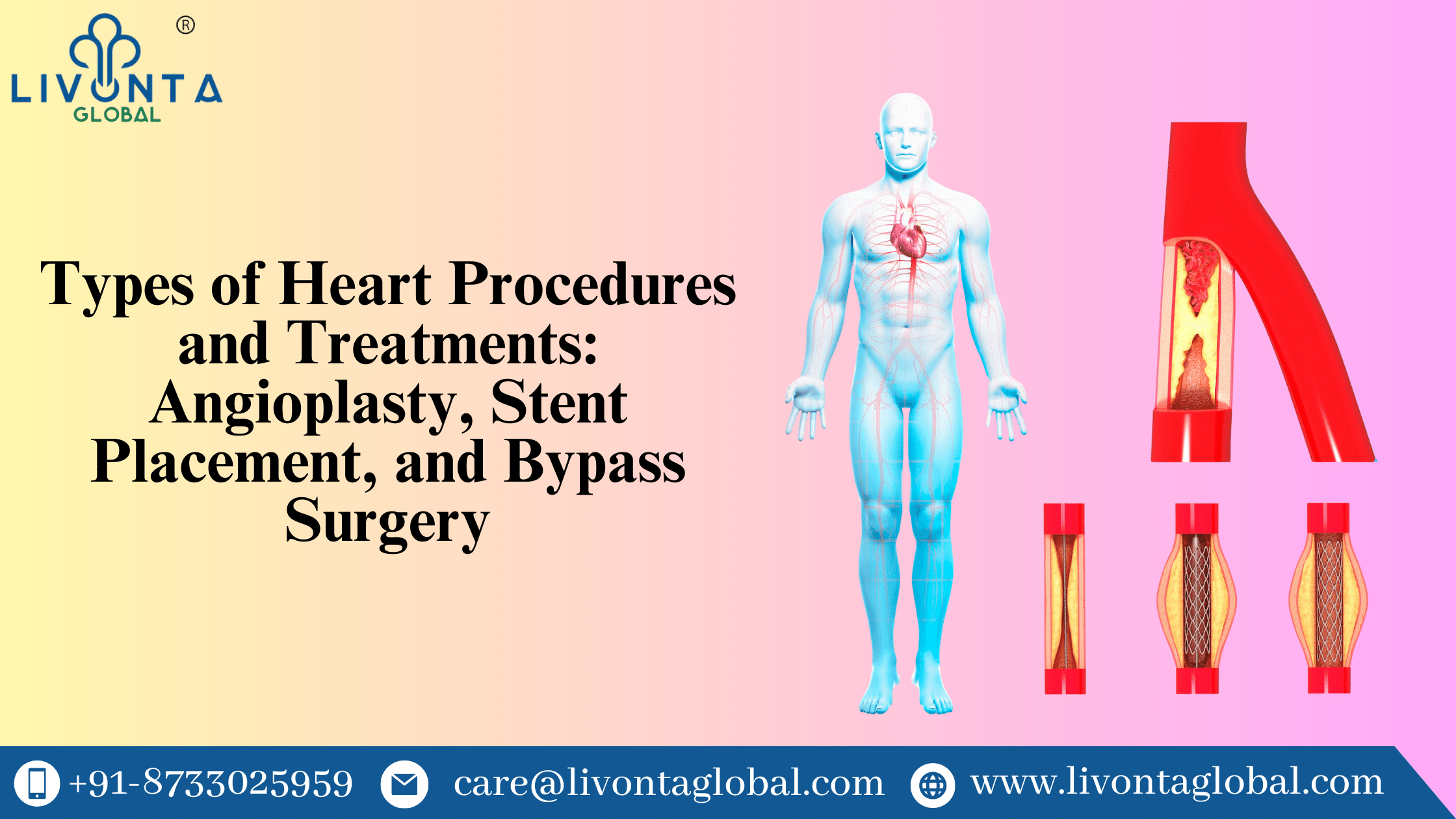Advancements in cardiovascular medicine have brought forth a diverse range of procedures and treatments for various heart conditions. The availability of these interventions offers hope and improved outcomes for patients worldwide. However, it is always important that you speak with a certified cardiologist to understand the scope of the most appropriate treatment option based on individual circumstances. The expert can advise on affordable heart transplants in India or any other process that might be needed.
Understanding the different types of heart procedures and treatments available today can help patients and their loved ones gain insights into potential treatment options. They can make more informed decisions about their cardiovascular health. The experts from a heart transplant in India hospitals speaks about the necessary treatment options available –
Coronary Procedures:
- Angioplasty and Stenting: This minimally invasive procedure involves inserting a catheter with a balloon at the tip into narrowed or blocked coronary arteries. The balloon is inflated to open up the artery, and a stent (a small metal mesh tube) is placed to keep the artery open and restore blood flow.
- Coronary Artery Bypass Grafting (CABG): CABG is a surgical procedure used to treat severe coronary artery disease. It involves using healthy blood vessels, typically from the patient’s own body, to create new routes for blood to bypass blocked or narrowed arteries, improving blood flow to the heart.
Stent placement is a widely used and effective treatment for coronary artery disease, providing relief to patients with narrowed or blocked arteries.
During the procedure, the patient is usually awake. Local anesthesia is administered to numb the area where the catheter will be inserted. The cardiologist inserts a thin, flexible tube called a catheter into a blood vessel, typically in the groin or wrist. The catheter is then guided to the blocked artery using X-ray imaging.
Once the catheter reaches the narrowed or blocked artery, a deflated balloon at the tip of the catheter is inflated. The inflation of the balloon compresses the plaque against the artery walls, widening the artery and restoring blood flow.
After the balloon angioplasty, a stent is inserted into the treated area. The stent is a small, mesh-like metal tube that acts as a scaffold, keeping the artery open and preventing it from narrowing again. There are two main types of stents: bare-metal stents and drug-eluting stents.
Arrhythmia Management:
- Pacemaker Implantation: A pacemaker is a small device implanted under the skin that helps regulate abnormal heart rhythms. It sends electrical impulses to the heart to maintain a regular heartbeat, addressing conditions like bradycardia (slow heart rate) or certain types of arrhythmias.
- Implantable Cardioverter Defibrillator (ICD) Placement: An ICD is a device similar to a pacemaker but with additional capabilities. When a life-threatening arrhythmia, such as ventricular fibrillation or ventricular tachycardia, is discovered, it continually monitors the heart’s rhythm and sends electric shocks to keep up the beat.
Valve Repair and Replacement:
- Valve Repair: In certain cases, a heart valve can be repaired instead of being replaced. The procedure aims to restore proper valve function by correcting structural abnormalities or repairing damaged valve tissue.
- Valve Replacement: When a valve is severely damaged or diseased, it may require replacement. This can involve using a biological valve (from human or animal tissue) or a mechanical valve. The choice depends on factors such as the patient’s age, overall health, and lifestyle considerations.
Heart Failure Interventions:
- Left Ventricular Assist Device (LVAD): An LVAD is a mechanical device implanted to assist the heart in pumping blood. It is used in patients with severe heart condition and are awaiting a heart transplant.
- Heart Transplantation: A impaired heart is replaced with a healthy donor heart during a heart transplant procedure. When all other alternatives for treating end-stage heart failure have been exhausted, it is taken into consideration.

Leave a Comment